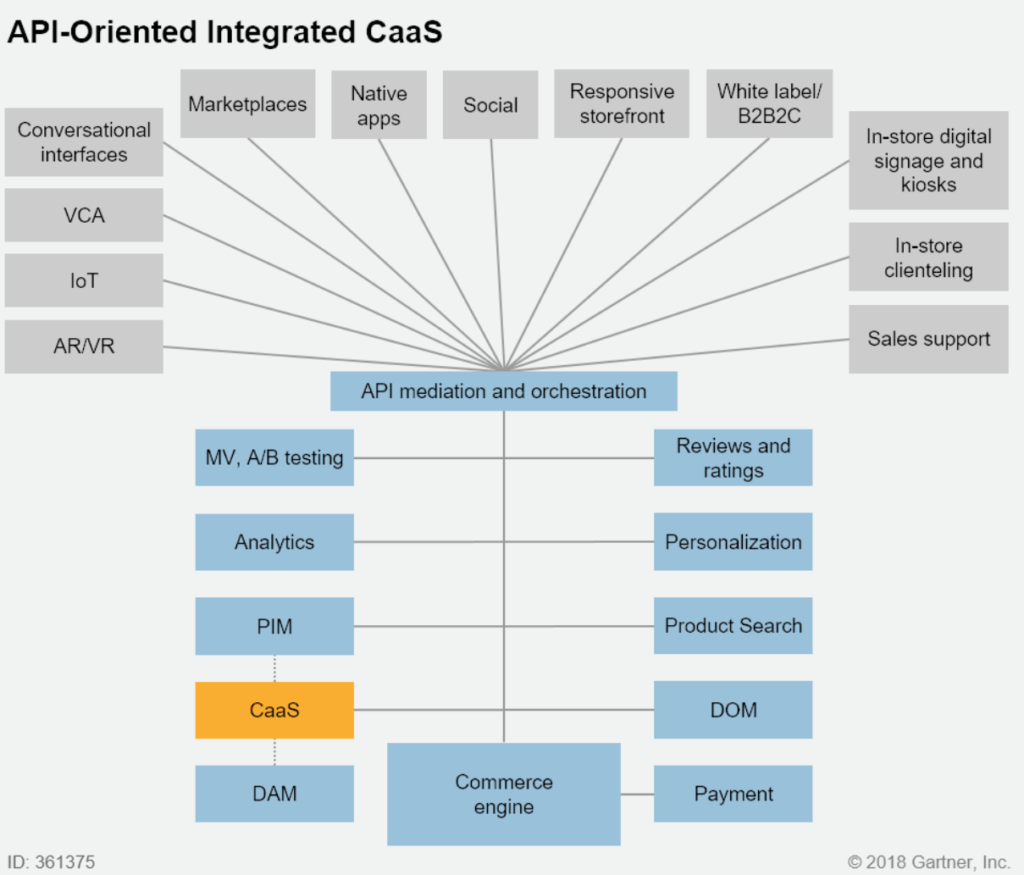Video Content-as-a-Service: Manage Video Content Better
Managing video content
In 2018, the global Enterprise Video market size was US$3.68 billion and it is expected to reach US$10.4 billion by the end of 2025 (MarketWatch). Staggering, eh?
This continuing explosion in the popularity of video has made it a must-have tool for publishers, broadcasters, brands, creatives, agencies and, of course, video tech companies.
When teams in an organisation produce video content (and it really doesn’t matter how much), they need to be able to easily access it, re-use it, collaborate on it, and share it on various platforms in different formats. But video content is complex so existing content management systems don’t cope with it well and can be very problematic when you want to scale your operations.
Key challenges
In Gartner’s report on how to use Content-as-a-Service (CaaS), it identifies the key challenges as:
- New channels emerge and, to support them, we create new silos of content, causing fragmentation and increasing complexity;
- Businesses looking to move away from monolithic architectures and large, single-vendor implementations must choose a home for their customer-facing content.
Content-as-a-Service vs DAM
These challenges may not be solvable through the digital asset management (DAM) system — in fact, your DAM may well be your biggest problem. So let’s take a look at five ways in which CaaS is fundamentally different from a DAM:
- CaaS is in the cloud — DAM started on premise and is legacy technology;
- CaaS provides micro-services — it’s not a monolith;
- Easy to use — no need to be a librarian or highly trained;
- Low cost — you only pay for what you need;
- It’s a service — not a product. We describe Services in what they do. Whereas we describe Products by how they look.
Now here’s the techie stuff
Content-as-a-Service is the creation, management and delivery of content via a headless approach, usually, an API serving JSON, decoupled from presentation tiers. In digital commerce, this often also combines elements of PIM and WCM.
Er…thanks for that, Gartner. For those of us that don’t speak techie, could you draw us a picture?

Uses of Content-as-a-Service
- Enhance and improve existing content channels without re-platforming.
- Extend content to new channels while retaining consistency and continuity.
- Consolidate multiple content silos into a single, cross-channel service.
- Deliver part of an API-oriented architectural approach for new digital initiatives.
Solve the problem
CaaS provides an emerging solution to the problem of managing video content. Some include DAM capabilities and/or video integration. We’d be delighted to explain more about how Content-as-a-Service will work with your existing DAM to help you save time and money on video management. Just click here to start the conversation.
